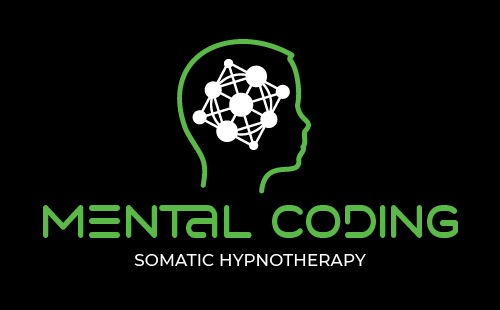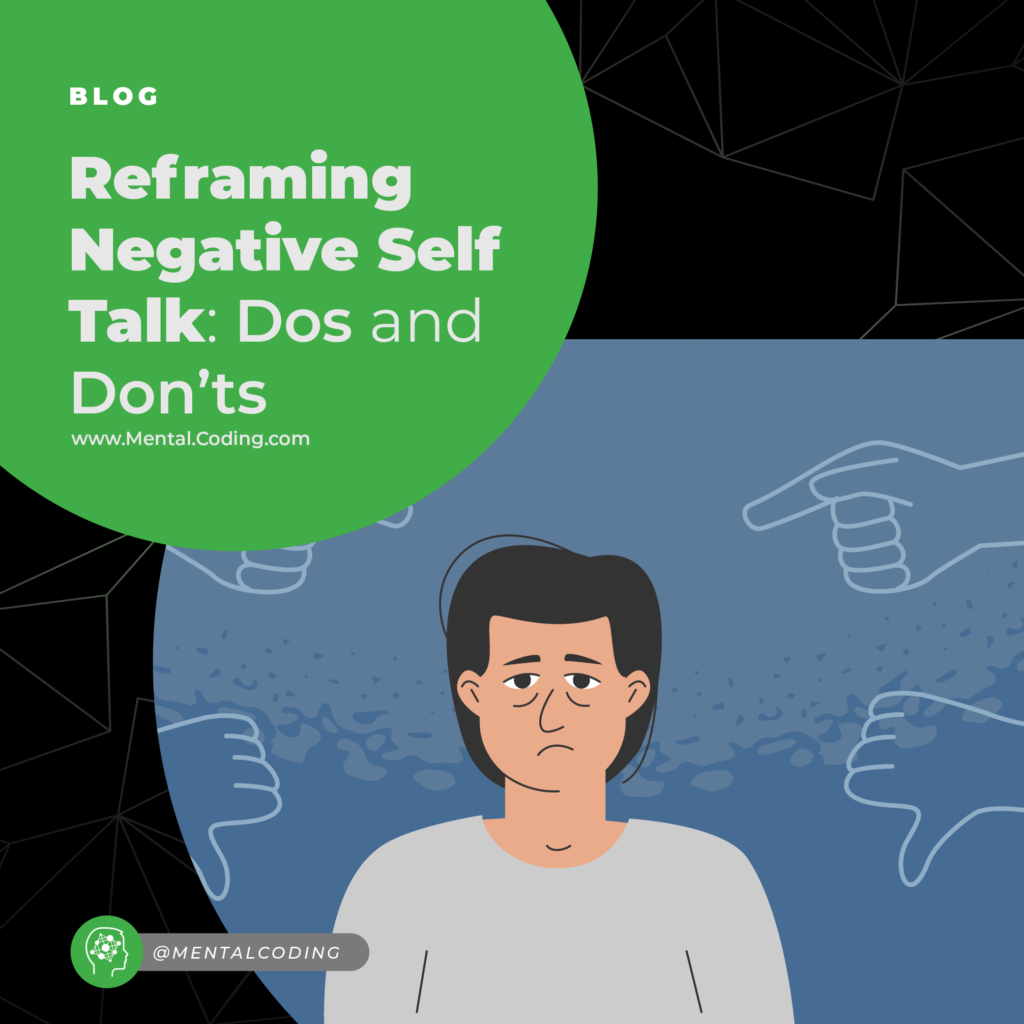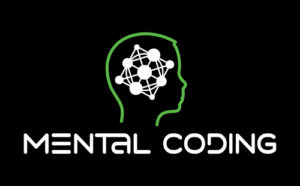How To Reframe Negative Self Talk
The pattern began to happen again for Steve. He was training in jujitsu and he began to encounter challenges. A certain thought popped into his head; an idea that perhaps he wasn’t good enough crossed his mind. After that, the stream of intrusive thoughts began. “You are going to fail” and “You always fail” begin to repeat in the back of his mind. He tries to gain control of his mind and begins to think “I won’t fail; I won’t fail” over and over again. This is his process of reframing negative self-talk, but it doesn’t prove to be very effective. The steady flow of intrusive thoughts gets stronger and stronger.
Negative self-talk is the manifestation of a limiting belief. A certain event happens in the external world and it triggers a flood of negative emotions and negative thoughts. The subconscious mind is using these emotions and thoughts to attempt to discourage us from pursuing a certain task. This is, because, on a subconscious level, the mind believes the task is beyond our abilities as a human.
Many times this is warranted with activities such as attempting to fly off a building or pursuing a job you have not properly trained in. However, in many cases, it’s unwarranted. The subconscious belief comes from having parents or authority figures in childhood who underestimated our abilities. This type of limiting belief must be reframed, the technique of taking our mind down a different, more positive neural pathway.
Reframing Negative Self Talk: Don’t Think About What You Don’t Want
The problem with Steve’s attempt at reframing negative self-talk is he thinks about what he doesn’t want. The subconscious mind processes the language in thoughts created by the conscious mind. It creates images, sounds, and feelings to represent the different objects in the language. It does this as a tool to give the conscious mind a frame to understand the meaning of the words being used.
Thus, when we use our conscious mind to create the thought “I don’t want to fail”, the subconscious mind creates an image in our head of what failure is to help us understand that sentence. This image of failure will come with negative feelings which are to communicate the meaning of what failure is to us. This is often a feeling of hopelessness and despair because failure is something the subconscious mind does not like and does not want.
Therefore, using the conscious mind to instruct the subconscious mind what we don’t want only creates a stronger and stronger debilitating emotional state.

Success in Reframing: Do Think About What You Want
The key to reframing the negative self is to always think about what you want. When the subconscious mind processes these thoughts from the conscious mind, it will create positive images and feelings. The result is the mind begins to go down a new neural pathway. Instead of going deeper and deeper into the debilitating emotional state, it begins to enter into a resourceful state.
Try it for yourself right now. What image or sound pops into your head as you read the statement “I can succeed”? Is it a memory of a time when you succeeded at something? Is it an imagined future of you succeeding at a particular task? What emotional state begins to overtake the body as you allow yourself to sink deeper into your imagination?
Reframing Negative Self-Talk Examples
To learn more about reframing negative self-talk, try some of these specific examples.
If your mind floods you with the thought “I can’t do it”, then think “I can do it” or “I can succeed”.
If the thought is “I always fail,”, then try the thought “I will succeed” or “I always succeed after I learn”.
If the thought is “I am not good enough”, then give the thought “I am good enough” or “I am okay” a try.
Whatever the negative thought is, you want the thought you consciously create to be the positive inverse. Trust your intuition. Trust your instincts. Whatever positive word you come up with is the right word to use. Just on the merits of you being here right now, reading this blog post, and searching for help means the subconscious mind already knows there is a better way of thinking. If it didn’t, there would be no basis for you to think they were wrong in the first place.
Negative Self-Talk is Persistent. Do Be Persistent With the Positive Thoughts.
The fact that patterns persist is one of the principles universal to all subconscious minds. The subconscious mind has a preference for the known over the unknown. When it begins to bombard you with negative self-talk in a certain situation, even if it’s debilitating, this is it’s known. This is what it knows to do in response to a given situation. Thus, when you begin reframing negative self-talk, it creates an unknown for the mind. You are using your willpower to create new neural architecture that it doesn’t have.
The mind always fights back when we attempt to venture into the unknown. The mind wants to challenge any new neural architecture we seek to create. It wants to make sure our internal reality matches the external world as closely as possible. If it believes discouraging you from an activity is what is appropriate, then it will push back when you attempt to say otherwise. This is its way of saying “prove to be that this is real”. It desires experience to validate that the new neuro-circuits are accurate and correct.
Thus, when you start to reframe negative self-talk, expect the mind to resist. Expect it to feel weird and different. It will feel wrong and out of place. The subconscious mind will try to convince you that you are an imposter or fake. That your true place in the world is to fail. But, remember, this is only because it has a pattern based on old experiences. This is all it knows.
Do Resolve the Cause With a Board-Certified Hypnotherapist
The technique of reframing negative self-talk is a process of working with the output of the subconscious mind. These are the thoughts the mind creates as a result of its subconscious beliefs, but they are not the subconscious beliefs themselves. It is possible to change the underlying subconscious beliefs with enough time and repetition, but it is a long process. In other words, even if you are successful at reframing a single instance of negative self-talk, expect it to come back in the future.
The true solution to this problem is to work with a board-certified hypnotherapist directly to reframe and change the subconscious beliefs themselves. Working with limiting beliefs is some of my specializations as a hypnotherapist. My clients begin to experience positive change after anywhere from 1 to 6 sessions. This is because my powerful hypnotherapy techniques produce rapid results by working on the problem at the deeper structures of the subconscious mind. Once the deeper subconscious belief has been changed, the mind begins to output new thoughts, feelings, images, and sounds when the old triggering events occur.
If you found this blog post on reframing negative self-talk to be helpful, check out these other posts on lack of motivation, self-limiting beliefs, and moving forward.



